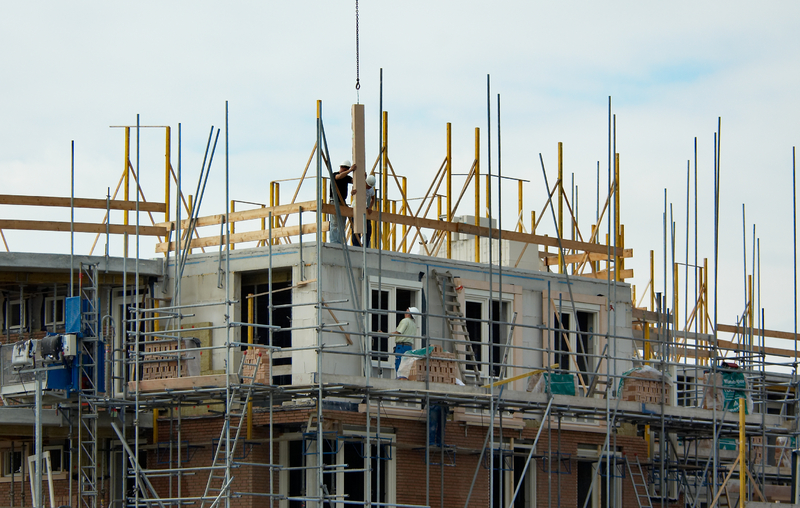WHS Inspections for a building, worksite or specific operations can be conducted by our independent WHS Consultants to assist your organisation with hazard identification and risk reduction as well as due diligence. it is essentially important that your organisation knows what their hazards and risks are and develop a hazard and risk register with the assistance of a specialist in the area.
A WHS inspection usually undertaken by our specialist consultants involves a walk-through visual inspection accompanied by a site representative covering areas such as offices, data centres, industrial sites, warehouses, construction sites, excavation and civil works areas, manufacturing facilities, property facilities or government facilities.
Where required our specialised team may undertake preliminary testing and measurements in our hazard identification and evaluation process such as noise, vibration, air quality, floor slip testing, hazardous materials testing. Hazards and risks identified would be documented within a formal report provided to the business along with recommendations in accordance with the hierarchy of controls as required to meet legislative compliance (applicable Health, Safety & Environmental Legislation, Australian Standards, Codes of Practice and Building Code of Australia (BCA)).

